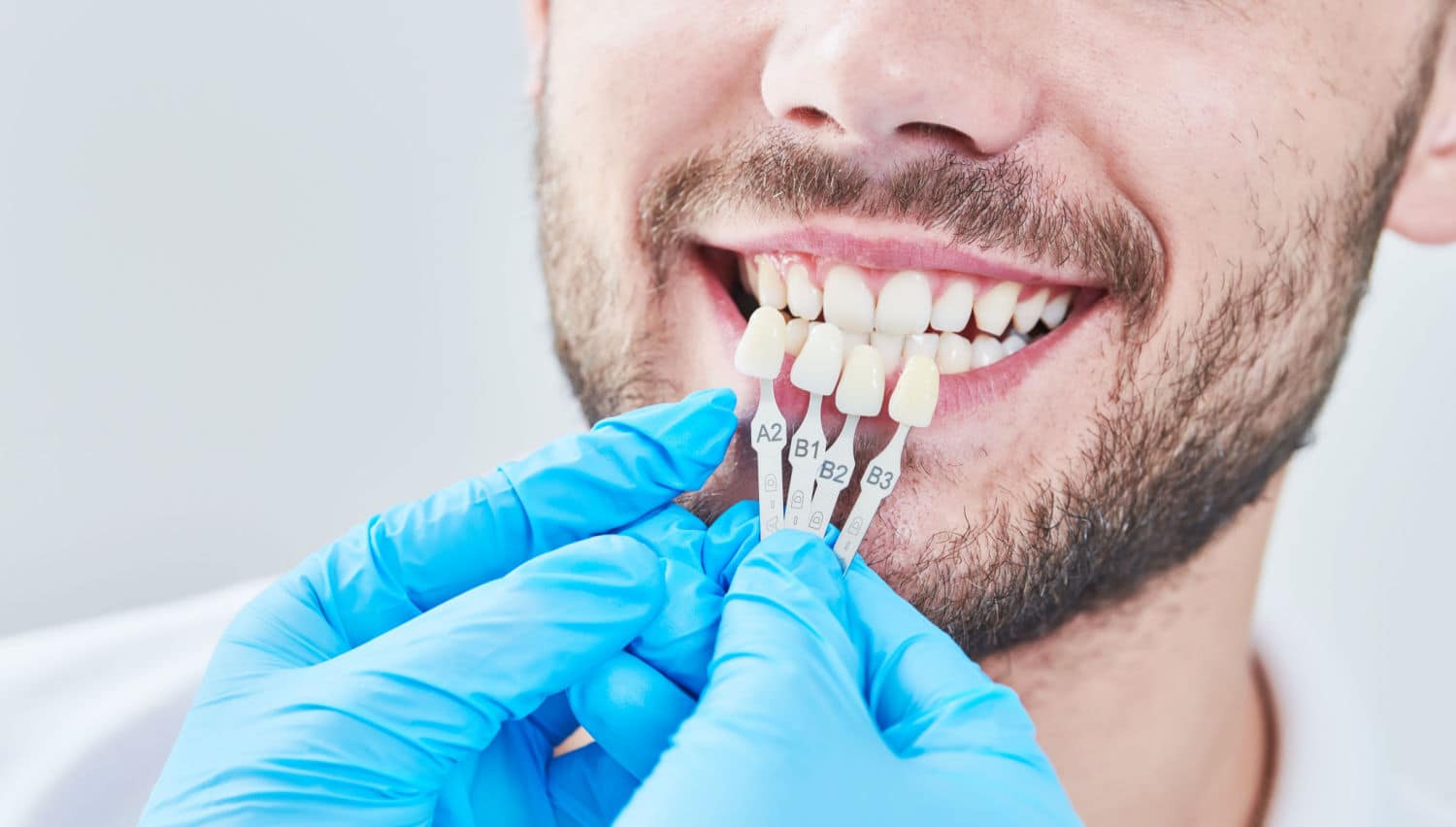In the world of dentistry, which is rapidly changing, accuracy and proficiency matter. Each tool that is applied to clinical practice serves a certain purpose and contributes necessarily to the successful results of work with a patient. A couple of the most common groups of dental tools are cutting instruments and polishing instruments. They are not so similar in form or functionality, and one is required to understand the difference between them to provide safe, high-quality care. Among polishing tools, dental polishers stand out as indispensable in finishing and refining restorative treatments.
What are Dentistry Cutting Tools?
Cutting tools are meant to eliminate tooth morphology, form cavities, or lessen the profane of a restorative material. Such tools are:
- Carbide burs
- Diamond burs
- Surgical blades
- Scalers and curettes
Burs Carbide and diamond burs are most commonly used in high-speed handpieces in the preparation of teeth to be filled, crowned, and bridged. They are of diverse shapes and grits to suit diverse materials and clinical use. Cutting instruments are aggressive and emphasize reshaping or eliminating hard tissue, decayed material, or prosthetics.
These devices have to be accurate, precise, and we have to understand the woods toward tissue preservation, since too much overcutting may weaken a tooth and/or harm its pulp.
What Are Dental Polishers?
Dental polishers, on the other hand, are designed to smooth and finish the surfaces of restorations and natural teeth. They also serve following the action of cutting tools and assist in making the finished form, as well as producing a shiny plaque-free surface. There may be polishing tools such as:
- Rubber Cups Polishing
- Felt wheels and brushes
- Strips and disks that are impregnated with abrasives
- Silicone polishers
These are normally applied to slow-speed handpieces, and they are available in varying grits, i.e., coarse grit to ultra fine grit, depending on the smoothness desired. Dental polishers are essential for improving the aesthetics, longevity, and hygiene of restorations.
Key Differences Between Cutting and Polishing Tools
1. Purpose and Function
Removing material is done through cutting tools.
There are tools (polishing tools) that are used to sand and smooth surfaces.
2. Material Impact
The cutting tools have a considerable influence on the hard structure of the teeth or restorative materials.
In polishing tools, surface irregularities are taken off and the shininess is improved without any modifications in shape.
3. The fastness and stress Speed and Pressure
High-speed handpieces are normally used, and more force is applied to cut.
The polishing application employing low-speed handpieces involves soft, smooth movements to prevent the creation of heat.
4. Clinical Timing
- The first one is cutting- it is done in the preparation process and the rough contouring stage.
- The last one is the polishing, which fulfills the refining, finishing, and patient-friendly surface.
The Importance of Proper Tool Selection
It is essential to select the most appropriate tool at the proper treatment phase. Applying a cutting tool in the polisher can damage the surface, cause hypersensitivity, or failures of the restorative process at the improper time. Similarly, when a restoration is not polished well, then rough edges may be left, which harbor plaque, stain, and irritate the patient.
To achieve optimal outcomes, dentists should generally have an idea of the characteristics of both types of tools, their behavior when applying them to various materials (i.e., composite, ceramic, or enamel), and the circumstances under which a certain type is applicable in a given procedure.
Conclusion
Both tools, cutting and polishing tools are basic in the field of dentistry, but are used extremely differently. While cutting tools are responsible for shaping and preparing, dental polishers are key to enhancing the final result delivering smooth, aesthetically pleasing, and long-lasting restorations. The total command of both types of instruments would not only guarantee the high technical performance, but also maximum comfort and satisfaction of the patients.
- How To Create a Personalized Weight Loss Plan
- The Importance of Foot Care for Diabetes: Prevention Tips You Need
- Cutting vs. Polishing Tools in Dentistry: Key Differences Every Dental Professional Should Know
- What Are the Symptoms of Depression?
- Understanding the Role of Neurologists in Managing Chronic Headaches


Leave a Reply